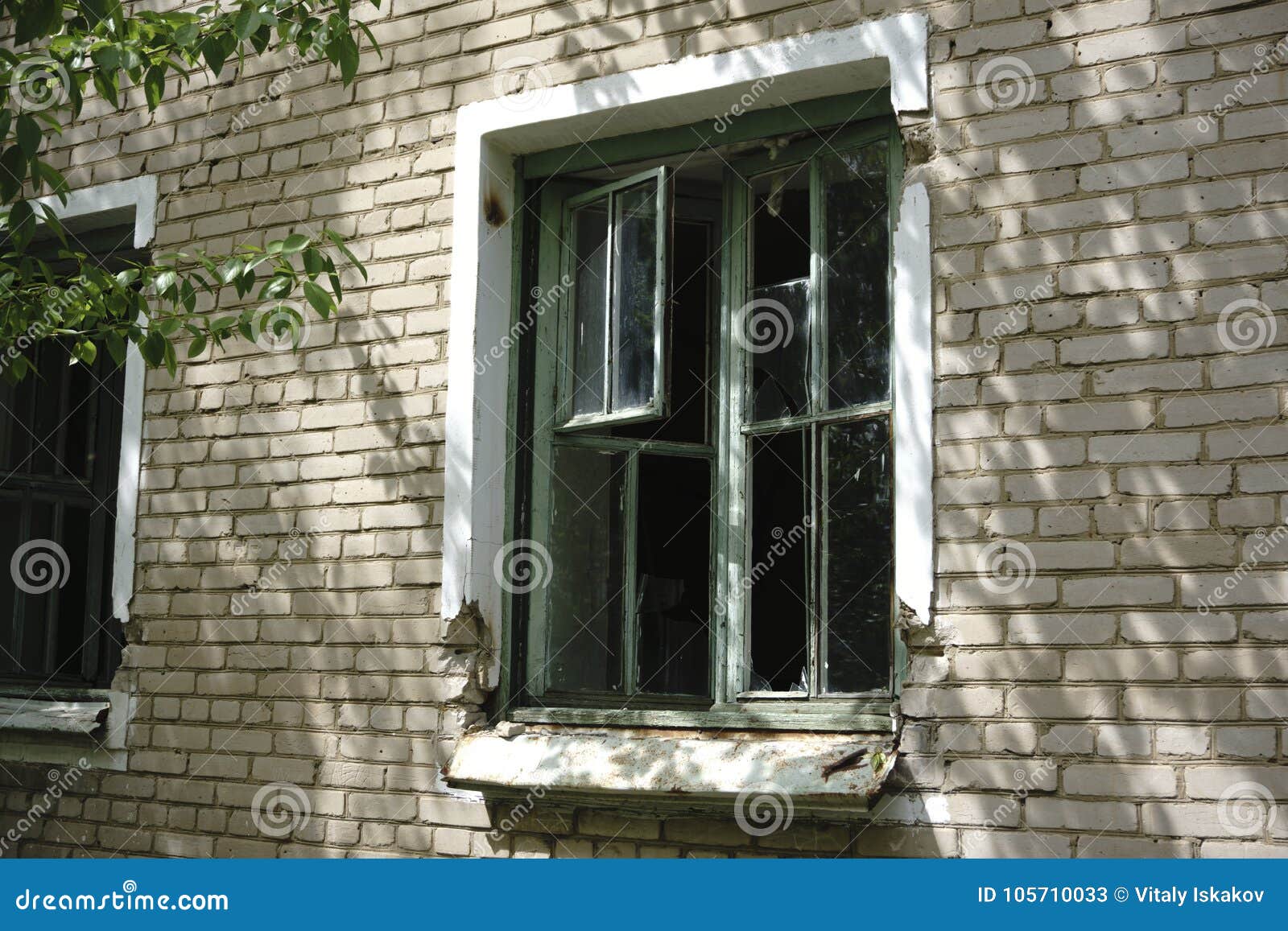

The intensity of sound can be measured objectively in decibels, and regular exposure for more than one minute to 110dB risks permanent hearing loss, while prolonged exposure to any noise at or above 85dB can cause gradual hearing loss (NIDCD 2012). road and building maintenance and construction.Ĭommunities usually agree about what noise volumes are acceptable and what are not.industrial premises and backyard workshops.music from houses, commercial premises and concerts.air-conditioners, evaporative coolers and refrigeration units.Sound appears to be less than half originalĬommon sources of neighbourhood noise include: Sound appears to be reduced by about one quarter Reduction in sound energy subjective perception Subjective perception of sound energy reductions Sources: NIDCD 2011 and Trace/University of Wisconsin Very loud heavy traffic/passing bus or truck at 3m Quiet suburban area/dishwasher in next room Note that it is not a linear scale - going from 50dB to 100dB is not twice as loud but 16 times as loud and from 60dB to 30dB is not half as loud but one-eighth as loud.Īpproximate loudness relative to ordinary conversation Some typical values are given in the following table. The impact insulation class (IIC) is used to rate the impact noise insulation of floors.

Examples are heavy footsteps (particularly on bare timber or tile floors), banging doors, scraping furniture, vibrations from loud music, and plumbing noises. Energy passes through the structure and creates noise in nearby rooms. Impact noise (also called structure-borne noise) is produced when part of the building fabric is directly or indirectly affected.An increase of 10 Rw units approximately halves the sound transmitted. An increase of one Rw unit approximately equals a reduction of 1 decibel (dB) in noise level. Rw rating has replaced the previously used sound transmission class (STC), but the 2 rating systems are similar.
DOWNSIDE LIFE TOWER LEAKS CREAKS BREAKS CODE
Weighted sound reduction index (Rw) is the metric used by the National Construction Code (NCC) to rate the effectiveness of a structure as an airborne noise insulator.

Noise is measured by sound pressure level, which is expressed as a power ratio and calibrated in decibels (dB).


 0 kommentar(er)
0 kommentar(er)
